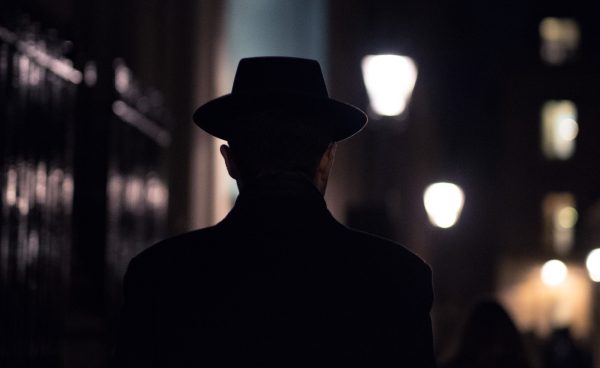Part of an ongoing web serial perhaps inspired by The Screwtape Letters. Unless otherwise noted, “the Ex-CEO” refers to God, “the opposition” to the side of the angels, and so on.
Read the previous installment here.
To: Deception, Overseer of Ekron Initiative (American Evangelical Division)
From: Malice, VP of 8th Circle of Hell (Global Initiatives Branch)
Date: [Exact Date Redacted, Circa 1989]
Subject: Response to Personal Request
Dear Deception,
Since receiving your last message, I have also gotten reports from other operatives who were present at the events you described. Your team has met a formidable obstacle, a target who efficiently pushes back against your methods. The reports make it clear the underling in charge of this target didn’t handle the situation well. I assume you have dealt with him in the appropriate manner.
However, you’ll be relieved to know I do not find any fault with you for what happened. I’ve reviewed the evidence meticulously, and cannot find any particular point where you can be blamed for what happened. That does not mean you can relax. The incident your underling saw was no freak event, and we must discuss how to deal with similar incidents in the future.
When your underling’s target, this young painter, entered the cathedral, naturally he was quite impressed with all the incense and gold decorations. He must have been shocked to finally find a worship center that could be described as tasteful after a lifetime worshipping in converted warehouses. How could a human who’s devoted his life to artistic expression, given up on finding any artistic nourishment in a church sanctuary, not be impressed by such visuals?
The troublesome conversation he had with the priest about “the Stations of the Cross” and “the spiritual value of portraying pain,” was equally predictable. After all, this painter has been raised on our ideals that art describing pain is morbid. Meeting a fellow believer who suggested one can write “something redemptive that also looks pain squarely in the face” must have felt like music to his ears. Yes, clearly, we have a great problem here.
The sad truth is that Catholic targets (and their brothers in the Eastern Orthodox and Anglican sectors) have always been tricky to handle when it comes to aesthetics.1 Certainly, we’ve had some successes. The glorious Inquisition comes to mind. In one case, a colleague led a certain Florentine friar2 down a road of burning paintings, demolishing statues, and other excesses which resulted in his own death by fire.
As a rule, though, the high church branches of the Ex-CEO’s Company know what they think about art. Their branch has embraced topics like “redemption amidst pain” or “images of poignant sacrifice” for centuries. As you noted, they have even integrated this concept into artwork for their children.3 Some of the most problematic art we’ve had to deal with has been created by Catholics. I need not remind you of the deplorable Italian poet who not only dared depict us, but suggested rude ideas about our final fate.4
Should you speak with your colleagues in Europe and other continents, you will find these tendencies are not restricted to Catholicism. High church branches in general (including Eastern Orthodoxy and Anglicanism) display remarkable abilities to believe all the things about art which we want them to avoid.
I cannot give you any advice on how to corrupt high church followers. That is not your mandate, and I suggest you leave it to your associates.
However, I believe it’s safe to say you can avoid more nasty situations by injecting some denominational vanity. Teach your targets to focus so much on their differences that they ignore any common ground. The moment they start to think maybe their brethren in other branches have the right idea about something, conjure up images of gaudy crucifixes, the slow solemn mass that Evangelicals find so legalistic, and everything their outspoken grandparent (or similar authority figure) said about “the Catholics.” Once your targets decide they can’t get past the candles, incense, and gowns, they will hardly look deeper for the ideas we want them to avoid.
Infernal Regards,
Malice
Vice President of the 8th Circle of Hell
(Global Initiatives Branch)
Editor’s Notes:
1. For more on high church Christianity’s appeal to artists, see chapter 2 of Imagine by Steve Turner
2. Apparently a reference to Girolamo Savonarola (1452–1498), a controversial Catholic priest executed for heresy. For a historical fiction account of Savonarola’s attitude to “pagan art,” see The Agony the Ecstasy by Irving Stone.
3. Apparently a reference to The Stations of the Cross and other material common to Catholic education.
4. Apparently a reference to Dante Alighieri (1265 – 1321), author of The Divine Comedy.
Cover Photo by Craig Whitehead on Unsplash


1 thought on “The Ekron Initiative: Memo 8”